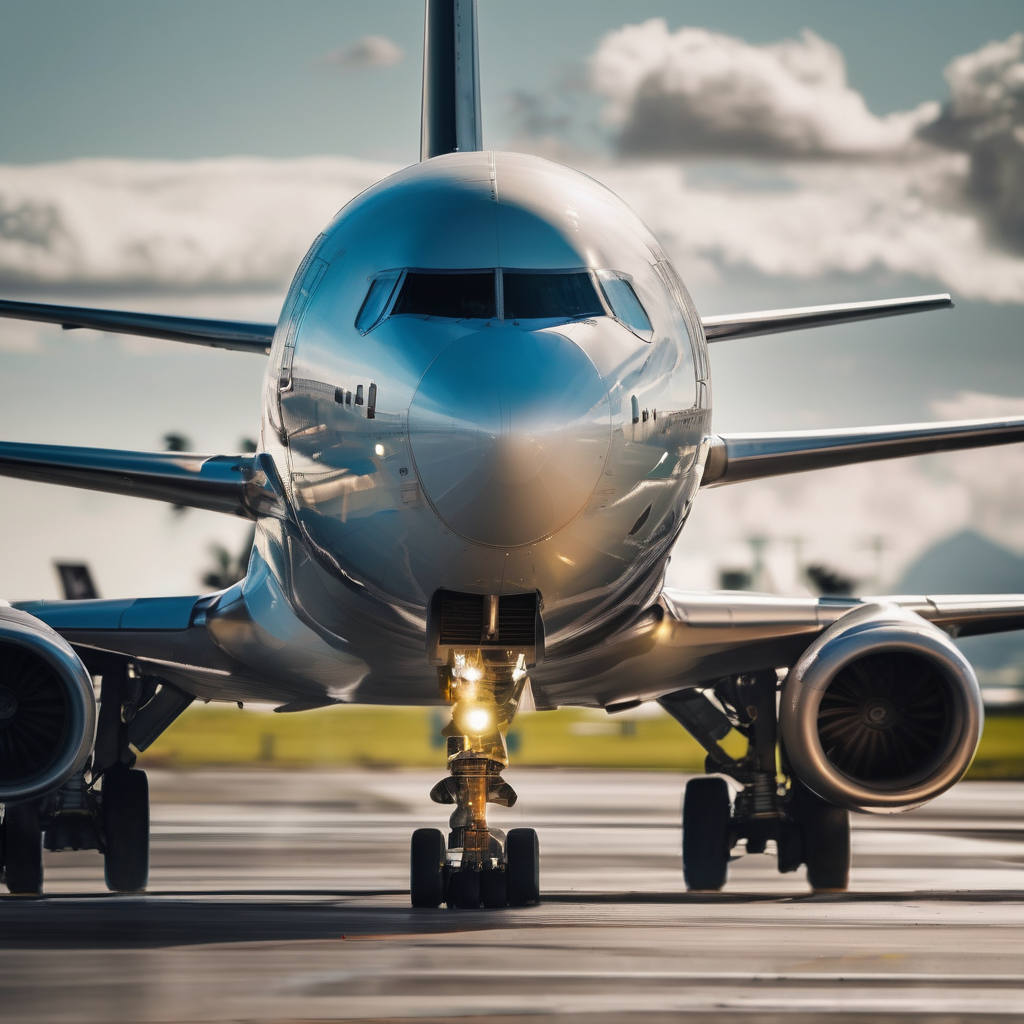The Federal Aviation Administration (FAA) announced on Friday that it has reduced the requirement for U.S. airlines to cut domestic flights at 40 major airports from 6% to 3% beginning Saturday. This decision was made in response to air traffic control safety concerns that emerged after the recent government shutdown, which lasted 43 days.
Airlines had argued for the complete abolition of the cancellation requirement and showed limited compliance with the initial 6% reduction on Friday. Whether they will adhere to the new 3% cut remains uncertain. According to aviation analytics firm Cirium, airlines canceled only 2% of their overall flights on Friday, a decrease from 3.5% on the preceding Wednesday and Thursday, as air traffic controllers and other FAA employees began to receive back pay amounting to about 70% of their owed salaries, excluding overtime.
Recent reports indicate that airlines have been advocating for an end to the mandated cuts, and some have conveyed that they intend to operate with minimal or no cancellations moving forward. The FAA’s decision to ease restrictions followed a steep decline in air traffic control absences post-shutdown, which significantly disrupted air travel, leading to thousands of canceled flights since October 1.
Mentioning the staffing crisis, the FAA is currently short about 3,500 air traffic controllers, which has previously forced many employees to work extended hours and mandatory overtime. During the shutdown, these shortages contributed to tens of thousands of flight disruptions.
In the wake of these developments, a group of House Democrats, led by Representative Rick Larsen, requested that the FAA provide specific safety data to compare current conditions against the past six months, expressing concerns that the decision was made without sufficient coordination with aviation stakeholders.
United Airlines reported canceling 134 flights on Friday, accounting for nearly 3% of its operations, after previously canceling 222 flights on Thursday. The ongoing challenges faced by airlines underscore the importance of addressing air traffic control staffing and safety, which are critical for restoring full consumer confidence in air travel.
Overall, while the aviation sector continues to navigate through these issues, there is a glimmer of hope. The potential for compliance with the new regulations and the restoration of staffing levels may pave the way for the return of smoother flight operations, encouraging a rebound in air travel as both airlines and passengers adapt to the evolving landscape.
